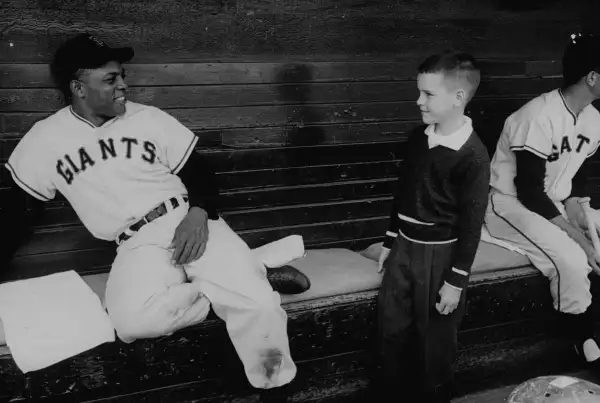ReFleece: Eco-friendly iPad Cases Start to Pay Off

Sam Palmer knew the end was near. His employer, a solar-panel manufacturer, was foundering, leading the applications engineer to decide that "the time was coming for me to step out on my own."
A devoted tinkerer, Palmer had been experimenting with felt he made out of recycled fleece and molded into sleeves for tech gadgets. Convinced that these eco-friendly covers could sell, he raised startup capital by refinancing his home and applying for a home-equity loan.
So when the solar firm (which was indeed on its way to Chapter 7) laid him off in late 2010, Palmer was ready. "It was a kick in the pants to get going," he says.
Palmer took his prototypes to a previous employer, clothing giant Patagonia. Executives there connected him with their coat-recycling initiative, which began supplying him with fleece. With raw materials in hand, Palmer found a manufacturer to press and form the fleece and ship orders to a fulfillment center.
After paying the factory a one-time fee of $13,000, he is now charged based on the number of cases made (that came to $60,000 for 10,000 units in 2012).
Palmer began selling his $25 to $32 cases in late 2011, first for Kindle and later for iPad, under the name ReFleece. They're available at U.S. Patagonia stores, Amazon.com, and his own website.
Related: Suite dreams: Opening a bed and breakfast
Getting ReFleece going put Palmer, his wife, Jennifer Feller, and their two children in a challenging spot, prompting them to borrow from his parents and tap their savings. But the engineer expects to hit $150,000 in sales in 2013, which, after covering materials, office space, and manufacturing, should put the company $80,000 or so in the black, letting the couple take a salary for the first time.
While it's just the first step to stability, says Palmer, he's committed to his idea: "It's gratifying to bring it to life."
HOW HE DID IT
Startup funds: $150,000
Using a home-equity loan and a cash-out refinancing, Palmer has already invested $100,000 in manufacturing and raw materials. He plans to use the remaining $50,000 to add new product lines, including cases for the iPhone and iPad mini.
When Palmer expects to match his old $100,000 salary: 2014
He hopes to be up from four to 10 products by then and to start selling internationally. Revenue should hit $300,000. "I'm enjoying feeling the connection between what I do and what my rewards will be," he says.
How much longer the family's savings will last: 6 months
Palmer and his wife, Jennifer, who started working full-time for ReFleece in spring 2011, began with $80,000 in savings and a $20,000 loan from his parents. Palmer is negotiating with his mom and dad for an extra $30,000 to cover expenses until the firm turns a profit in 2013.